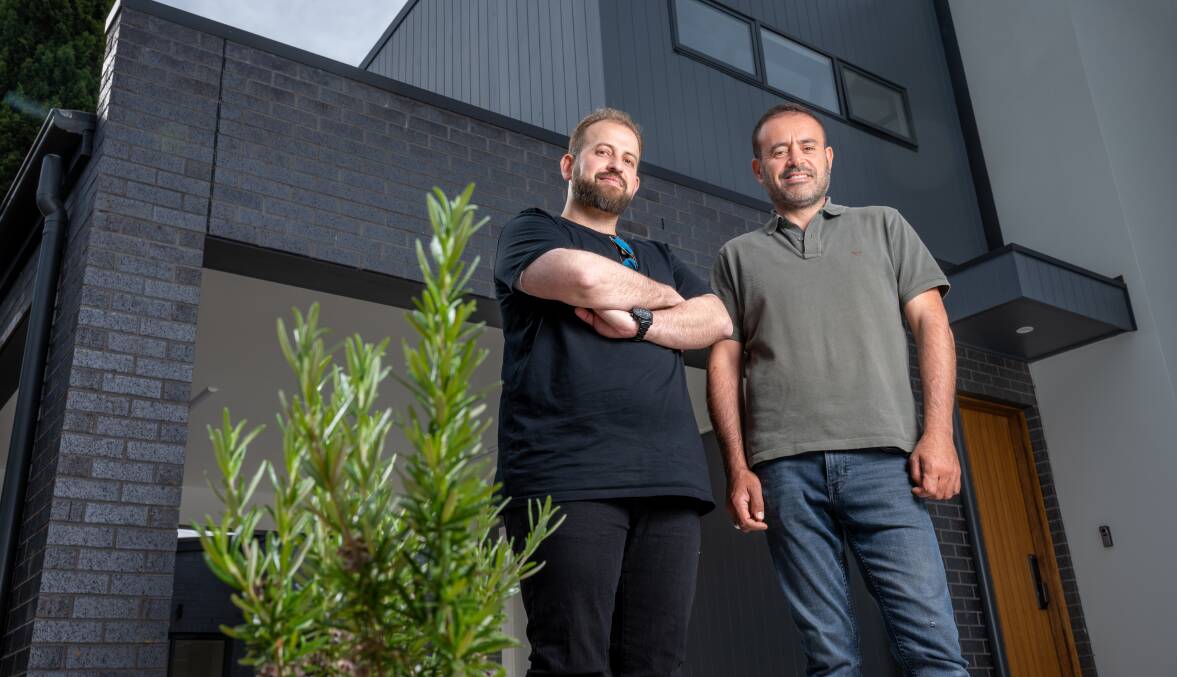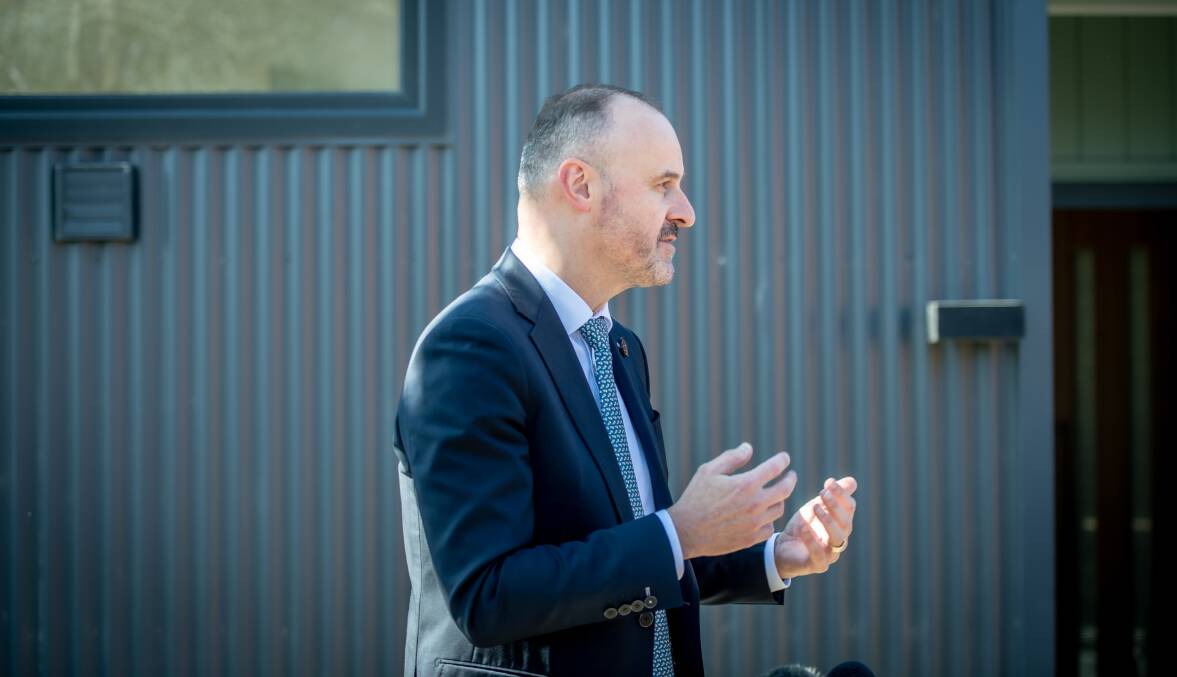Builders warn the unexpected costs of adding a second dwelling could still outweigh the benefits for many property owners despite new government incentives.
Property Council of Australia is also urging the ACT to go further, but welcomed the new incentives.
The ACT government is trying to increase take up of its signature planning system change by allowing many dual occupancies in Canberra suburbs under new planning rules to be exempt from stamp duty for more than two years.
It will waive the transaction tax for the first transfer of unit-titled dwellings on RZ1 blocks for purchases worth up to $800,000 between November 27, 2023 and June 30, 2026.
While the stamp duty exemption would be welcome news to homeowners doing the maths on dual occupancies, local builders warned there were other costs to consider.

"Lease variation is the killer," builder Adam Jacob said.
His business, Pulse Homes, mostly builds dual occupancy homes, on RZ1 and RZ2 blocks.
Mr Jacob said another cost to consider was the addition of a second water meter, which could set owners back $10,000.
"It's not cheap," he said.
Mark Whithear, director of Upmarket Homes, was supportive of the RZ1 dual occupancy changes but said the rules around them did not offer much value for homeowners.
Mr Whithear currently has a dual occupancy build under way in Weetangera and recently completed one in Chifley.
"We've been sitting on massive unused blocks for too long; they're not serving a purpose," he said.
But capping the size of the second dwelling at 120 square metres would limit what the profit sellers could make when weighed up against the lease variation charge, Mr Whithear said.
"As it stands, not many people are going to take this up," he said.
Allowing RZ1 blocks to be subdivided, with separate addresses and no body corporate, would be more appealing to owners, Mr Whithear said.
The exemption announced by government will start with the commencement of the ACT's new territory plan, which will allow a second dwelling up to 120 square metres on any block over 800 square metres in an RZ1 area.
Property owners will also be given the choice to accept a standard lease variation charge when building a secondary dwelling on the blocks or to pay 75 per cent of the value uplift.
Most of the blocks where a secondary dwelling will be allowed face a charge of $40,000 if the lease is varied for a second dwelling, but the change will mean property owners can elect to pay a 75 per cent betterment tax instead if they believe that would be cheaper.
Codified charges vary between suburbs, with higher charges in more expensive suburbs. An accredited valuer will be required to determine the alternative 75 per cent tax.
Property owners will be given the choice between the two lease variation charge calculation schemes until June 30, 2026.

Chief Minister Andrew Barr, who announced the changes on Wednesday, said the temporary change to lease variation charges would also allow the government to monitor sales and ensure codified charges were set correctly.
"Both the stamp duty exemption and LVC changes will support the development of more dual-occupancy homes in our suburbs, providing more opportunities for Canberrans to find a home, including existing families looking to downsize in the suburbs they've called home for many years," Mr Barr said in a statement.
The Property Council of Australia welcomed the tax changes to incentive development in the ACT.
"Firstly, the waiving of stamp duty for purchases valued up to $800,000 for the first transfer of one of the two properties unit tiled under RZ1 will remove a barrier for purchasing," the council's ACT and capital region executive director, Shane Martin, said.
"This should create more purchasers for the second dwelling in Canberra and stimulate growth and feasibility.
"Secondly the lease variation charge valuation change will provide more confidence in redevelopment within RZ1."
Mr Martin said the council believed the 120 square metre limit on secondary dwellings was too small.
"We should be permitting duplexes of equal size to allow for a more comprehensive shift, whilst still maintaining desired character in established suburbs," he said.
The rule change to encourage more secondary dwellings in Canberra's suburbs will not deliver more housing near shops and transport links with many blocks unsuited to a second home, an analysis of housing blocks has suggested.
The majority of the 800-square-metre blocks, where owners will be able to construct second dwellings up to 120 square metres and unit title the properties, are at the edge of Canberra's suburban areas, away from key services and transport links.
The analysis showed there were 40,245 blocks covered by the new rules. The ACT government has said it expected the change would cover almost 45,000 blocks in Canberra.







